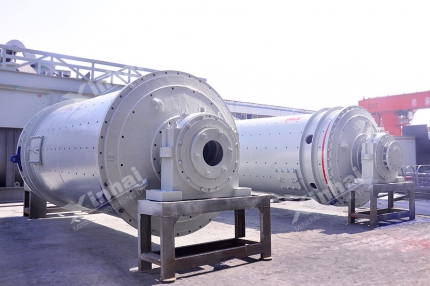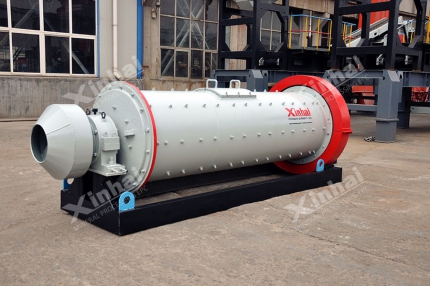Quartz sand beneficiation technology aims to extract high-purity quartz from silica raw materials to provide high-quality raw materials for downstream industries such as glass manufacturing, electronics, optics, etc. Due to the complexity of silica minerals, the beneficiation process requires multiple steps to remove impurity minerals and finally obtain high-purity quartz raw materials. This article will introduce the main process technologies of quartz sand beneficiation, including selective grinding, magnetic separation, pickling, flotation and their combined processes.
Use the table of contents below to navigate through the guide:
01Selective grinding and screening of quartz sand
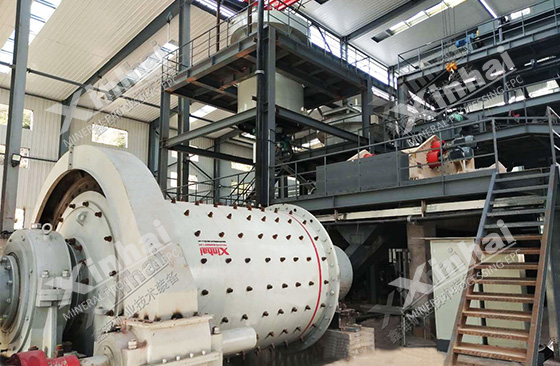
Selective grinding is a technique to separate quartz sand and associated minerals by utilizing the hardness differences of different minerals. Silica minerals are mainly composed of quartz sand, which has a hardness of about 7, while associated minerals such as mica and feldspar have different hardnesses. Through grinding, associated minerals with lower hardness, such as mica, can be ground into fine particles, while the particle size of quartz particles remains relatively unchanged, so that quartz can be separated by screening.
In selective grinding, feldspar has a hardness close to that of quartz (about 6), so it is difficult to remove effectively by this method. However, mica has a lower hardness (about 2~3) and can be removed efficiently by selective grinding. This process can be done by dry or wet grinding, where dry grinding often uses air-fall autogenous mills, hammer mills and other equipment, while wet grinding uses autogenous mills, ore washers, ball mills and other equipment.
02Quartz sand magnetic separation
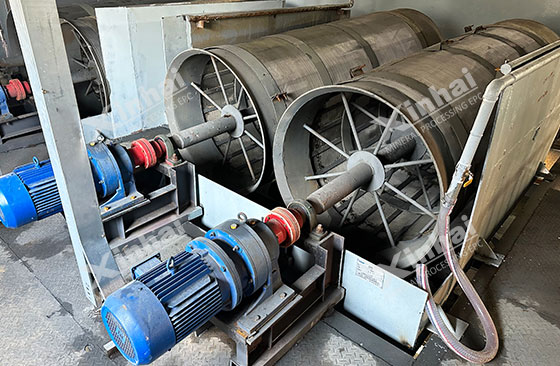
Magnetic separation is the process of removing impurities through the magnetic difference of minerals in an uneven magnetic field, and is particularly suitable for removing iron impurities. Magnetic separation can not only effectively remove strongly magnetic minerals (such as iron-containing minerals), but also some weakly magnetic minerals, such as mica, chlorite, rutile, etc. Through multiple magnetic separation treatments, the iron content in the ore can be gradually reduced to achieve the purpose of refining quartz sand.
Generally speaking, when the magnetic field strength is set to 1800~2200KA/m, the magnetic separation effect is best. It should be noted that as the magnetic field strength increases, the iron removal rate will tend to stabilize after reaching a certain level, and the effect of increasing the magnetic field strength is limited at this time.
03Quartz sand pickling
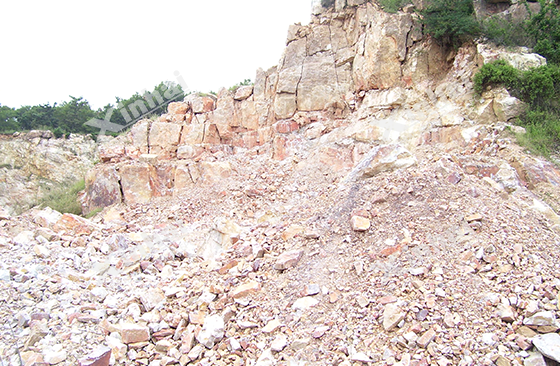
Pickling is an indispensable step in the quartz sand purification process. Since quartz is difficult to dissolve in most acid solutions (except hydrofluoric acid), other impurity minerals can be dissolved by acid, thus achieving the purification of silica raw materials. Pickling can not only remove impurities such as spots and inclusions attached to the surface of quartz, but also effectively remove non-metallic minerals such as iron and chromium.
Pickling is generally divided into dynamic pickling and static pickling, and the acids used include hydrochloric acid, nitric acid, sulfuric acid and hydrofluoric acid. The choice of different acids depends on the type of impurity minerals. For example, dilute hydrochloric acid and dilute sulfuric acid are best for removing iron-containing impurities, while hydrofluoric acid is most effective for removing chromium-containing minerals. During the pickling process, the concentration of the acid, soaking time, temperature and stirring intensity will affect the final purification effect.
It should be noted that there are environmental risks in the pickling process, especially hydrofluoric acid, so high-concentration hydrofluoric acid is usually avoided. In addition, the waste acid after pickling needs to undergo strict wastewater treatment before it can be discharged to reduce harm to the environment.
04Quartz sand flotation
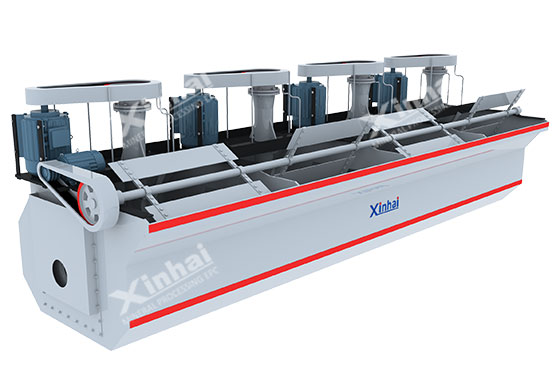
Flotation is another common method for quartz purification, which achieves separation through differences in mineral density and surface wettability. Flotation can effectively remove most of the associated minerals except quartz and achieve quartz enrichment. Depending on the flotation medium, flotation can be divided into two types: froth flotation and full oil flotation.
- Froth flotation mainly separates the associated minerals by introducing bubbles into the slurry, and the associated minerals adhere to the bubbles and float out of the slurry.
- Full oil flotation uses the difference in hydrophobicity of the mineral surface to use oil to adhere and separate the impurity minerals.
05Quartz sand combined separation process
Due to the complex composition of silica minerals, the diversity of associated minerals, and the different natural conditions of silica mines in different regions, a single beneficiation technology usually cannot achieve the ideal purification effect. Therefore, the combined process becomes the key to purifying quartz. Common quartz sand beneficiation processes include screening, crushing, magnetic separation, acid washing, flotation and other process combinations to maximize the removal of associated minerals and impurities.
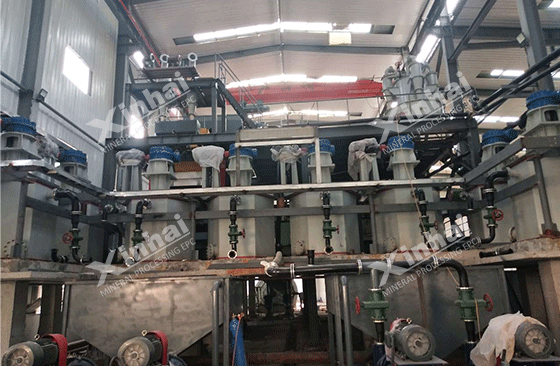
Quartz sand beneficiation technology includes a variety of complex processes and technologies, such as selective grinding, magnetic separation, pickling and flotation. The combined application of these technologies can effectively remove impurities in the silica raw materials and ultimately achieve efficient enrichment of quartz. The selection and combination of different processes depends on the specific properties and purification requirements of the silica ore, and the efficiency and purity of quartz sand beneficiation can be further improved by continuously optimizing the process parameters.


 marketing@ytxinhai.com
marketing@ytxinhai.com  0086 13810327080
0086 13810327080 






































































































 CHAT
CHAT MESSAGE
MESSAGE




.jpg)
